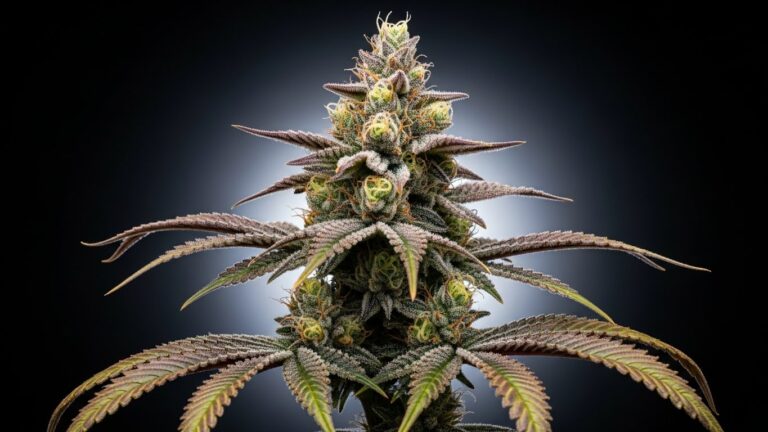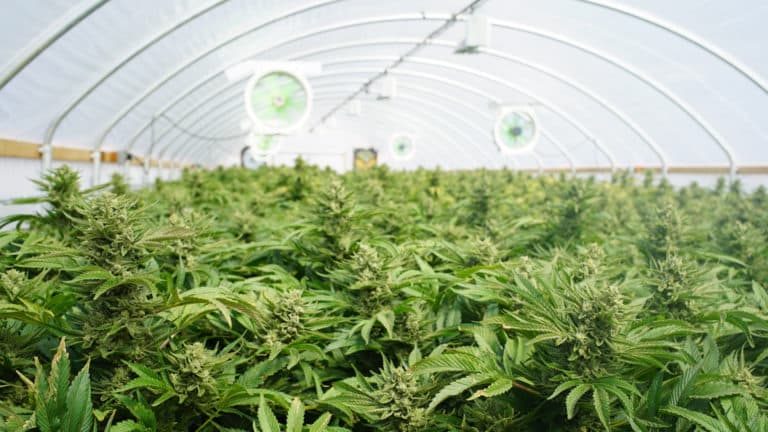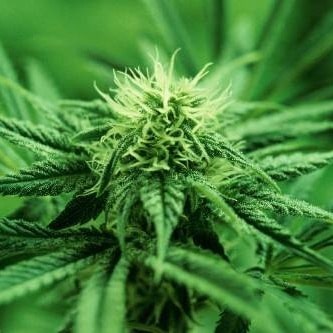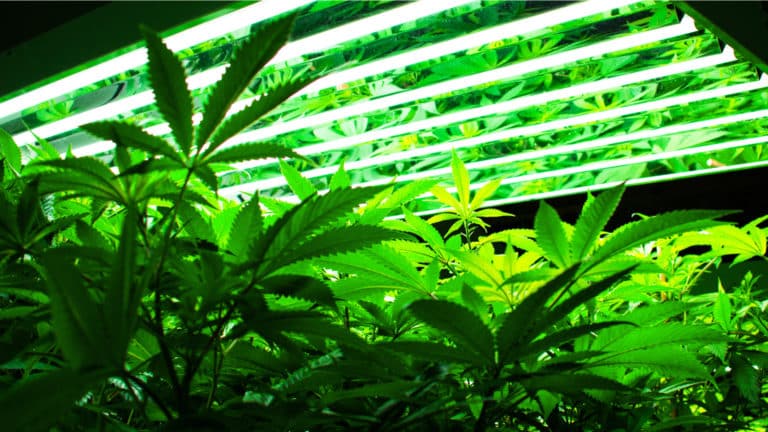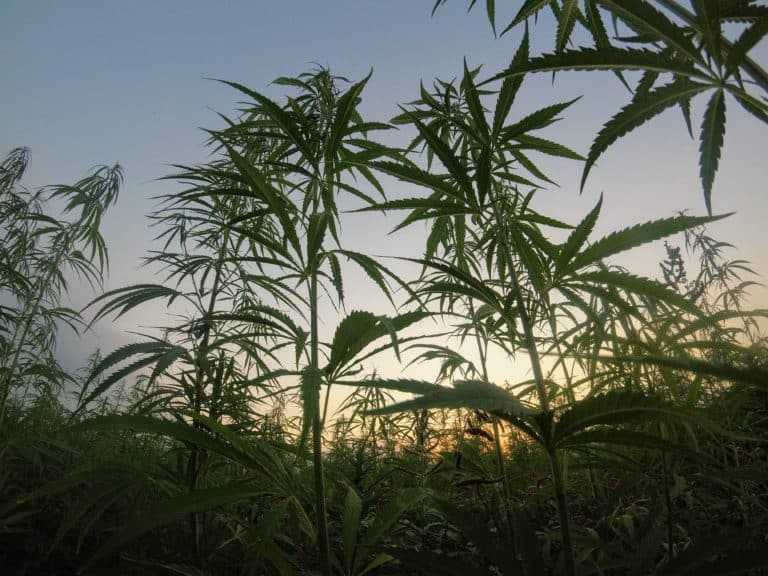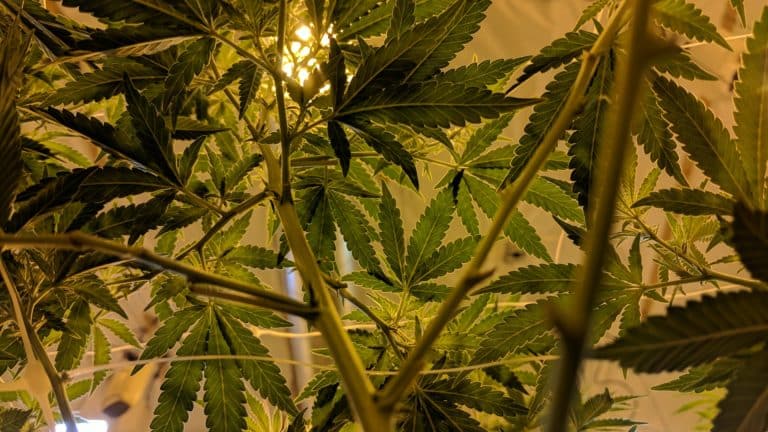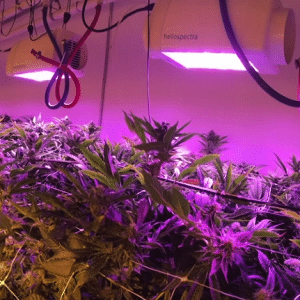 As lighting technology continues to advance, cultivators are starting to witness the benefits of replacing archaic HPS grow lights with intelligent LED grow lights. Beyond a reduction in energy consumption and utility costs, ambitious cultivators are actively looking to do more than just replace HPS with LED, they’re looking towards LED to advance product quality, increase yield and drive efficiencies in their supply chain.
As lighting technology continues to advance, cultivators are starting to witness the benefits of replacing archaic HPS grow lights with intelligent LED grow lights. Beyond a reduction in energy consumption and utility costs, ambitious cultivators are actively looking to do more than just replace HPS with LED, they’re looking towards LED to advance product quality, increase yield and drive efficiencies in their supply chain.
For those growers that have bought already or are interested in taking the next step we have lined up 6 tips for maximizing your LED grow lights:
- Keep an eye on your water consumption – A common mistake often made when growers switch from HID fixtures to LEDs is overwatering. HID lighting generate heat and contain high levels of Infrared light (IR) which helps dry out the soil and plants. As LED grow lights don’t generate the same amount of heat and no IR light, you as a grower need to be observant so you don’t overwater your plants.
- Turn up the heat? – Growers using HIDs often rely on the heat coming from traditional grow lights. After switching to LED grow lights these growers (if not taken into consideration during installation) often experience a drop in temperature as LEDs don’t generate the same amount of heat as HIDs. This means that growers might have to increase the temperature in the growth facility for their crop to thrive. But don’t let this discourage you, thanks to LEDs energy efficiency the net savings of energy will still be positive.
- Mounting Height Matters – While we’re a plug-and-play culture, spending the extra time on mounting your LEDs at the precise height can enrich yield and quality. While most environments will have a number of factors that must be accounted for when mounting your LEDs, including the presence or absence of natural light, you want to make sure that your LEDs can maintain a wide, uniform light distribution concentrated deep into the canopy.If you mount your LEDs too high, you may increase your coverage area, but you will also be reducing the light’s intensity. If you mount your LEDs too low, the intense proximity of the light could stress your plants. Your best option is to start with the LED manufacturer’s mounting recommendation, understand your DLI (Daily Light Integral) and calculate from there.
- Install Multiple Units – Thanks to LED grow lights’ ability to create a targeted light output using optics, you can spotlight one section of your grow with oneLED lamp, and repeat the isolation for each cluster in your grow. However, your plants are better served when you calculate and implement multiple units in your grow facility. This allows the beams to overlap and maximizes light distribution across the canopy. This could save you a lot of money in the end, while still obtaining optimal light conditions. We recommend that you ask a qualified lighting company for a light plan before you start the installation – we can help you with that.
- Define Your Light Cycles – Light cycles set the rhythm for your crop’s biological life. Indoor growers can manipulate these light cycles by increasing or decreasing the hours of light and darkness, stimulating a plant’s photoperiod whenever desired. For Greenhouse growers it is also possible to manipulate light and dark cycles by the use of blackout curtains and supplemental lighting. Automated blackout curtains helps growers block out unwanted sunlight and ensure needed dark periods during long summer days, while supplemental lighting helps fill the gap of light needed during dark winter months. Making sure your plants get all the light it needs.The most popular light cycle during the vegetative stage is 18 hours of light per day with 6 hours of darkness for flowers. A 12/12 light cycle will trigger flowering for most flower crops since the increased amount of uninterrupted darkness signals to the plant that fall is approaching. For vegetative crops (such as herbs and salad) 17-18 hours of light per day is often most popular.
- Craft Light Recipes – Just as you can manipulate the photoperiod with LEDs, you can also manipulate exposure to blue, white, red and far-red spectrums at different stages in the growth cycle. While the flowering cycle can be influenced by multiple factors, crafting a custom light recipe that taps into thefar-red spectrum has been shown to reduce the flowering cycle of plants, which expedites the time until harvest.A light recipe also allows you as a grower to set the light intensity throughout the day. For example, in a greenhouse, growers are able to calculate the DLI(Daily Light Integral) for their crop and increase or decrease the output depending on the need for supplemental lighting throughout the day.
Are you interested in trying out LED Grow Lights? Or have you bought HeliospectraLED lights and like to know how you can take you lights to the next level? Contact us today.
Source: Heliospectra



